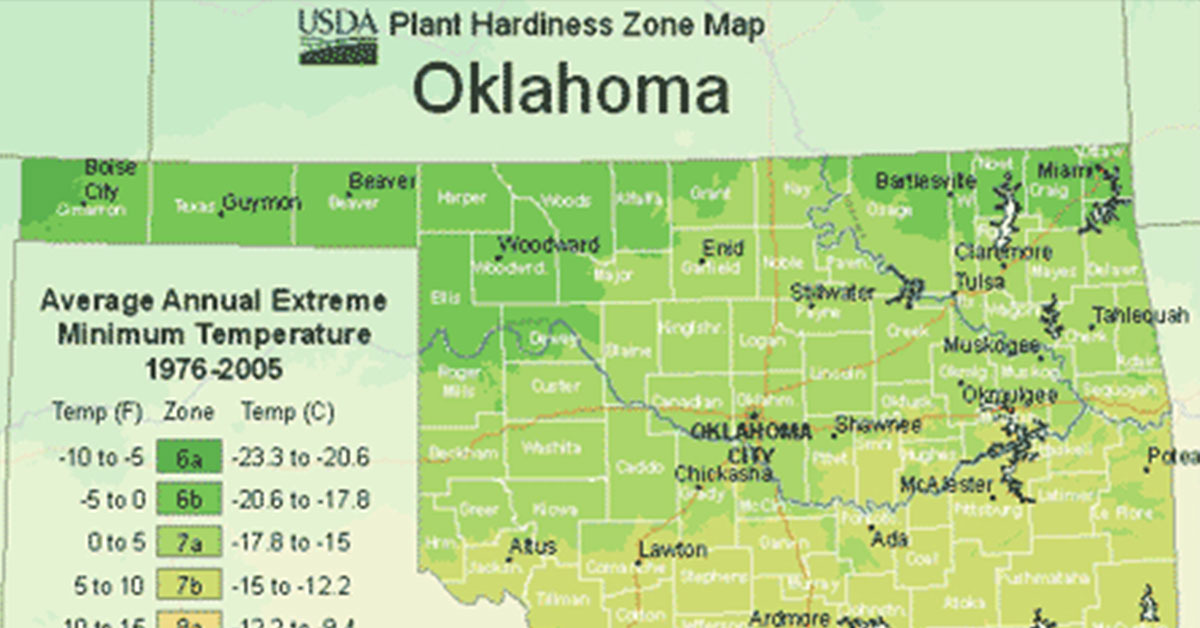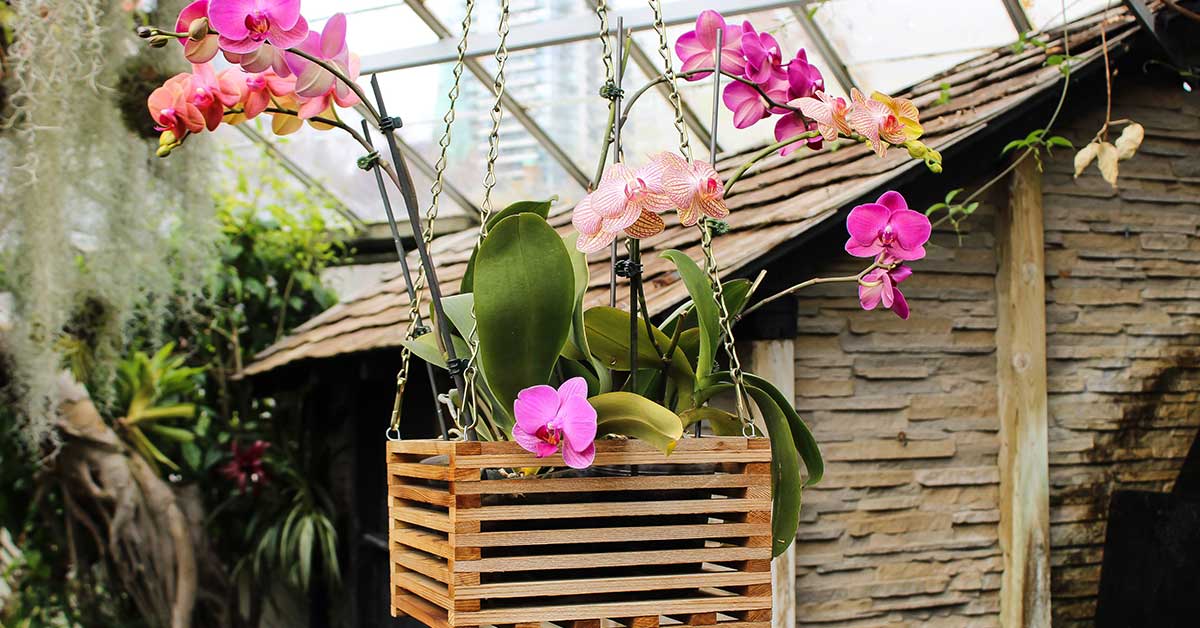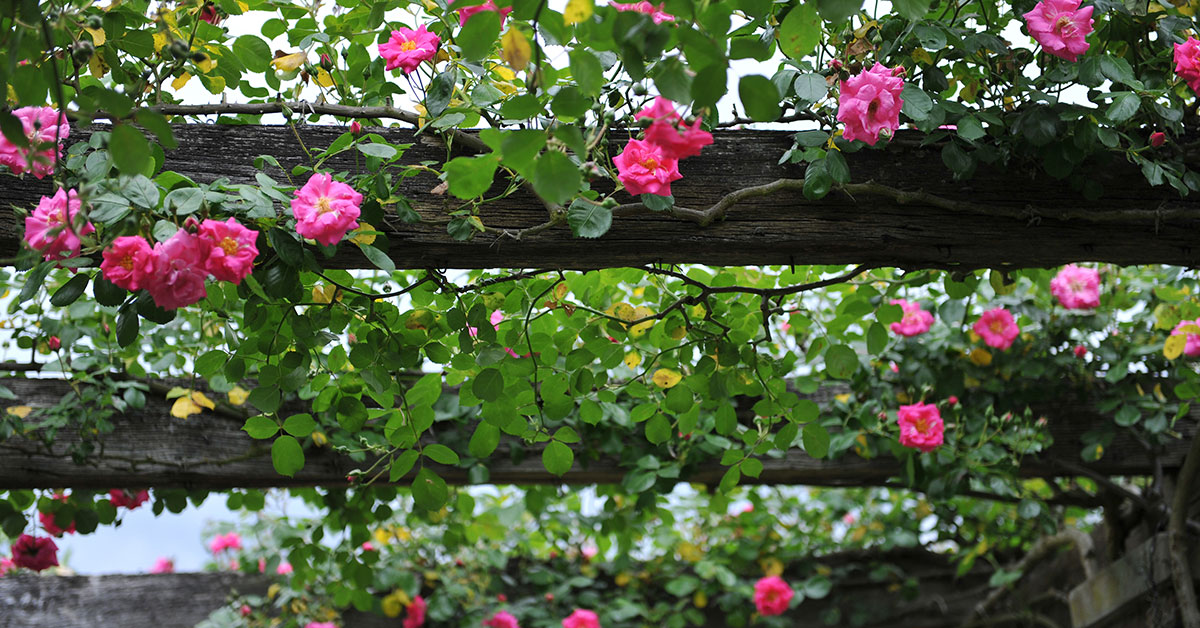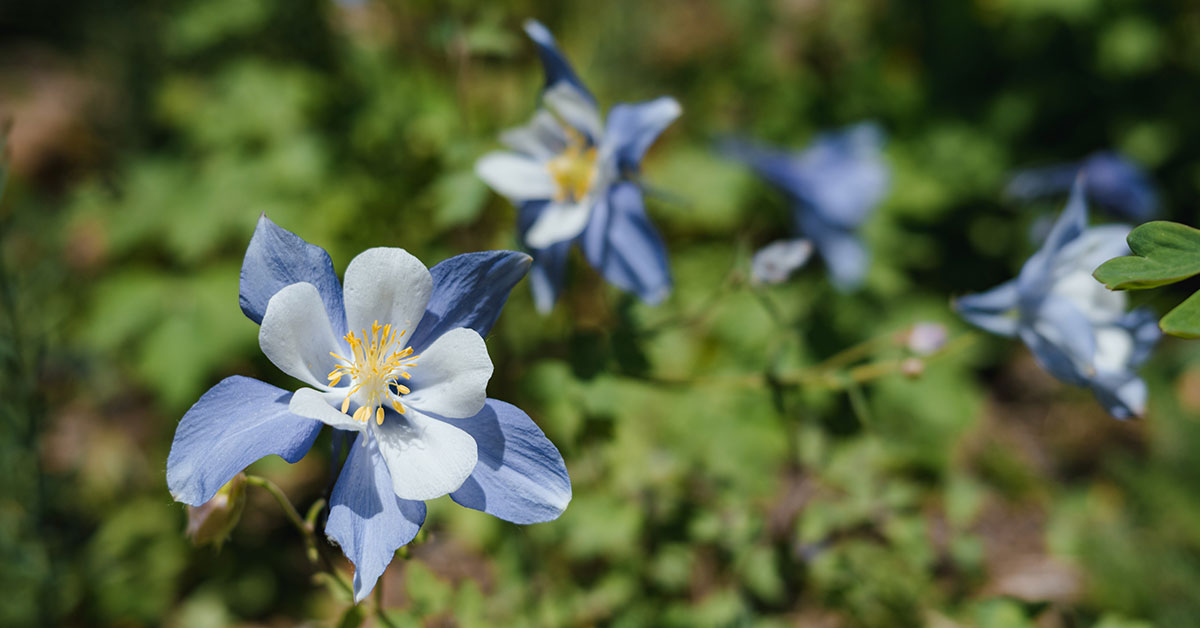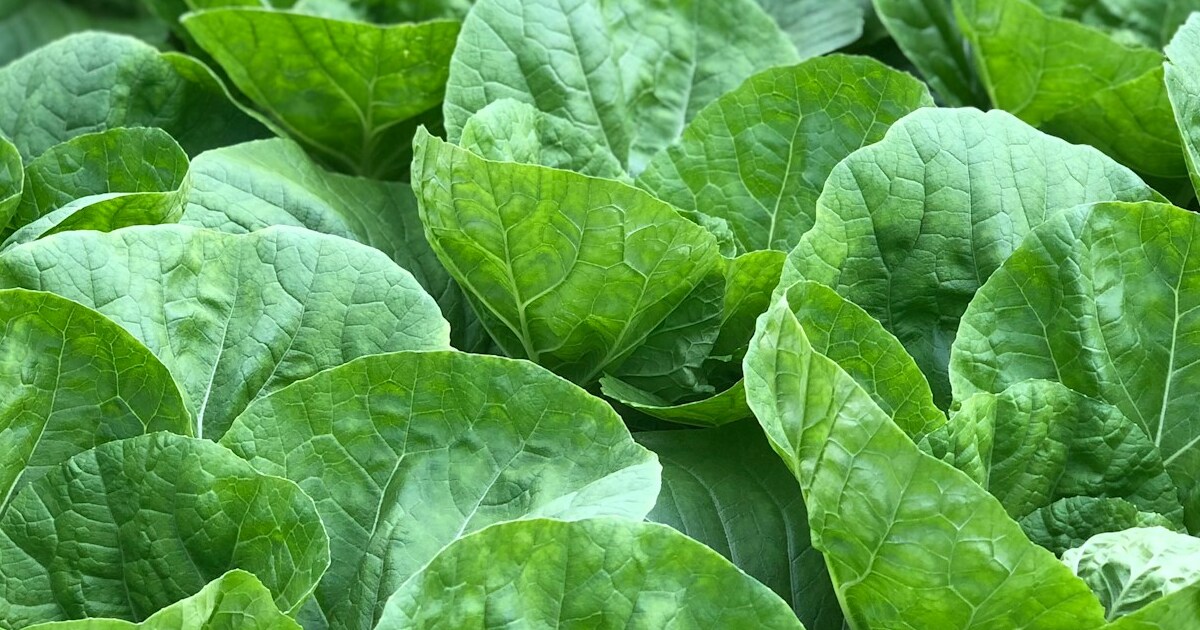Welcome to the vibrant world of gardening in Tulsa, Oklahoma! Nestled in the heart of the United States, Tulsa offers a unique climate that presents both opportunities and challenges for avid gardeners. Understanding the USDA hardiness zone is crucial for successful gardening in this region.
Tulsa falls within the USDA hardiness zone 7a, which means it experiences an average annual minimum temperature range of 0 to 5 degrees Fahrenheit (-17.8 to -15 degrees Celsius). This classification provides valuable information about the types of plants that can thrive in Tulsa’s climate, helping gardeners make informed decisions about what to grow and how to care for their beloved green spaces.
In this article, we will explore the significance of the USDA hardiness zone in Tulsa and delve into the exciting possibilities it offers for creating beautiful and sustainable gardens. Whether you are a seasoned gardener or just starting out, this guide will equip you with the knowledge and tips you need to cultivate a thriving garden in Tulsa’s unique climate.
What is Tulsa’s USDA hardiness zone?
The USDA hardiness zone is a classification system used to determine the suitability of plants for specific geographic regions based on their ability to withstand the average annual minimum temperature. In the case of Tulsa, Oklahoma, the city falls within USDA hardiness zone 7a. Zone 7a is characterized by an average annual minimum temperature range of 0 to 5 degrees Fahrenheit (-17.8 to -15 degrees Celsius). This means that plants recommended for this zone should be able to tolerate cold temperatures within this range.
Understanding the hardiness zone is crucial for gardeners and plant enthusiasts as it helps in selecting plants that are likely to thrive in a particular region. In Tulsa’s zone 7a, gardeners can expect relatively mild winters with occasional cold snaps, but overall, the climate is suitable for a wide range of plants. Here are some key considerations for gardening in Tulsa’s USDA hardiness zone 7a:
- Frost Dates: The average last spring frost in Tulsa occurs around mid-April, while the first fall frost typically arrives in mid-November. These dates serve as a guide for planting and harvesting times.
- Plant Selection: Zone 7a offers a diverse range of plant options. Many popular garden plants, including perennials, annuals, trees, and shrubs, can thrive in this zone. However, it is essential to select plants that are specifically recommended for zone 7a to ensure their ability to withstand the winter cold.
- Soil Preparation: Tulsa’s soil is typically clay-based, which can be heavy and poorly draining. To improve soil quality, it is advisable to amend it with organic matter such as compost or well-rotted manure. This helps to enhance drainage, fertility, and overall plant health.
- Watering: Adequate watering is crucial for plant health, especially during hot summer months. Deep, infrequent watering is generally recommended to encourage deep root growth and drought tolerance. However, it is essential to adjust watering practices based on specific plant requirements and weather conditions.
- Mulching: Applying a layer of organic mulch around plants helps conserve moisture, suppress weeds, and regulate soil temperature. Mulching is particularly beneficial during extreme temperature fluctuations, as it helps protect plants’ roots from sudden temperature changes.
- Plant Care: Regular maintenance practices such as pruning, fertilizing, and pest control are essential for healthy plant growth. It is important to follow specific care instructions for each plant species, as their requirements may vary.
By understanding the USDA hardiness zone and considering the specific climatic conditions of Tulsa’s zone 7a, gardeners can make informed decisions about plant selection, care, and overall garden management.
When can you plant your garden in Tulsa?
In Tulsa, the ideal planting times for different plants can be determined based on its USDA hardiness zone, which is Zone 7a. This zone is characterized by its average minimum winter temperatures ranging from 0 to 5 degrees Fahrenheit (-17.8 to -15 degrees Celsius). Here are some general guidelines for planting in Tulsa:
Spring Planting: In Zone 7a, the last frost date typically occurs around mid-April. This marks the beginning of the spring planting season. It is safe to plant cool-season vegetables like lettuce, spinach, peas, and broccoli as well as annual flowers and herbs during this time. Warm-season vegetables like tomatoes, peppers, and squash can be started indoors for later transplanting after the last frost.
Summer Planting: Tulsa experiences hot summers, so it’s best to avoid planting heat-sensitive plants during the peak of summer. However, if you provide adequate shade and water, you can still plant heat-tolerant vegetables like okra, sweet potatoes, and southern peas. Additionally, you can plant summer-flowering perennials and annuals during this time.
Fall Planting: Fall is an excellent time for planting in Tulsa. The first frost date typically occurs around mid-October. In early fall, you can plant cool-season vegetables like kale, carrots, beets, and radishes. Perennial flowers, shrubs, and trees can also be planted during this time to establish their root systems before winter.
Winter Planting: While winter is not an active growing season, you can still plant certain hardy plants in Tulsa. This includes bare-root trees, shrubs, and roses, as well as cool-season annuals like pansies and ornamental cabbage. It’s important to ensure proper insulation and protection for these plants during freezing temperatures.
Remember that these are general guidelines, and it’s always beneficial to consult local gardening resources, such as the Tulsa County Extension Office or experienced gardeners in your area, for more specific information on ideal planting times and suitable plant varieties for Tulsa’s climate.
What grows well in Tulsa?
Tulsa, Oklahoma falls under USDA hardiness zone 7a, which means it experiences an average minimum temperature of 0 to 5 degrees Fahrenheit (-17.8 to -15 degrees Celsius). Here is a comprehensive list of plants that generally grow well in Tulsa’s climate:
- Redbud (Cercis canadensis)
- Eastern Red Cedar (Juniperus virginiana)
- Bald Cypress (Taxodium distichum)
- American Holly (Ilex opaca)
- Eastern Redbud (Cercis canadensis)
- Chinese Pistache (Pistacia chinensis)
- Bur Oak (Quercus macrocarpa)
- Shumard Oak (Quercus shumardii)
- American Sweetgum (Liquidambar styraciflua)
- Black Walnut (Juglans nigra)
- Dwarf Yaupon Holly (Ilex vomitoria ‘Nana’)
- Crepe Myrtle (Lagerstroemia indica)
- Forsythia (Forsythia spp.)
- Spirea (Spiraea spp.)
- Beautyberry (Callicarpa spp.)
- Rose of Sharon (Hibiscus syriacus)
- Winterberry (Ilex verticillata)
- Abelia (Abelia spp.)
- Butterfly Bush (Buddleja spp.)
- Viburnum (Viburnum spp.)
- Black-eyed Susan (Rudbeckia spp.)
- Coneflower (Echinacea spp.)
- Daylily (Hemerocallis spp.)
- Russian Sage (Perovskia atriplicifolia)
- Salvia (Salvia spp.)
- Hosta (Hosta spp.)
- Bee Balm (Monarda spp.)
- Coreopsis (Coreopsis spp.)
- Sedum (Sedum spp.)
- Phlox (Phlox spp.)
- Marigold (Tagetes spp.)
- Zinnia (Zinnia spp.)
- Petunia (Petunia spp.)
- Geranium (Pelargonium spp.)
- Impatiens (Impatiens spp.)
- Begonia (Begonia spp.)
- Snapdragons (Antirrhinum spp.)
- Cosmos (Cosmos spp.)
- Sunflower (Helianthus spp.)
- Coleus (Plectranthus scutellarioides)
- Tomato (Solanum lycopersicum)
- Bell Pepper (Capsicum annuum)
- Cucumber (Cucumis sativus)
- Zucchini (Cucurbita pepo)
- Basil (Ocimum basilicum)
- Rosemary (Rosmarinus officinalis)
- Thyme (Thymus spp.)
- Mint (Mentha spp.)
- Chives (Allium schoenoprasum)
- Parsley (Petroselinum crispum)
Remember to consider specific growing conditions, such as sunlight, soil type, and moisture requirements, when selecting plants for your garden. It’s also advisable to consult with local nurseries or gardening experts for more specific recommendations based on your location in Tulsa.
What won’t grow in Tulsa?
In Tulsa, which falls under USDA hardiness zone 7a, there are certain plants that may struggle to thrive due to the specific climate conditions. Here are some examples:
- Tropical plants: Most tropical plants, such as hibiscus, bougainvillea, and banana trees, are not well-suited for Tulsa’s colder winters and may require extensive protection or indoor care.
- Citrus trees: While some cold-hardy citrus varieties can survive in zone 7a, the extreme temperature fluctuations and occasional severe cold snaps in Tulsa can make it challenging for citrus trees to thrive.
- Tender perennials: Plants like geraniums, impatiens, and begonias, which are commonly grown as annuals in colder regions, may struggle to survive the hot summers and occasional cold winters of Tulsa.
- Mediterranean herbs: Herbs like rosemary, lavender, and thyme, which are native to Mediterranean climates, may struggle in Tulsa due to the high humidity and heavy clay soils.
- Certain evergreen trees: Some evergreen trees, such as certain varieties of cypress and pine, may struggle in Tulsa due to the hot and humid summers, which can lead to fungal diseases.
It’s important to note that while these plants may not thrive in Tulsa, there are often alternative varieties or cultivars that are better adapted to the local conditions. Additionally, with proper care, some of these plants can still be grown successfully in protected environments or as container plants that can be brought indoors during extreme weather conditions.


